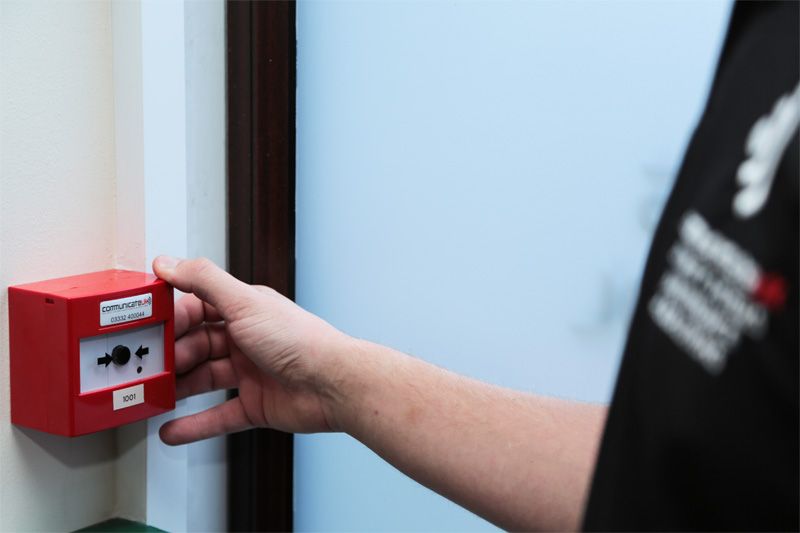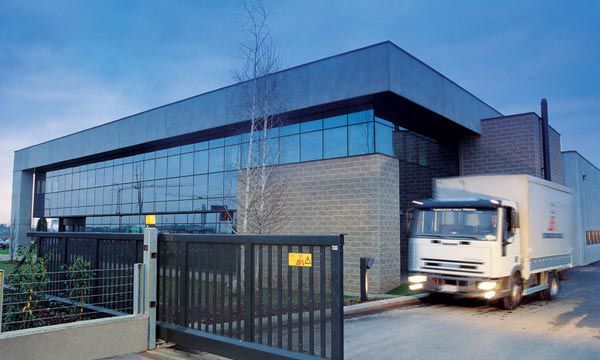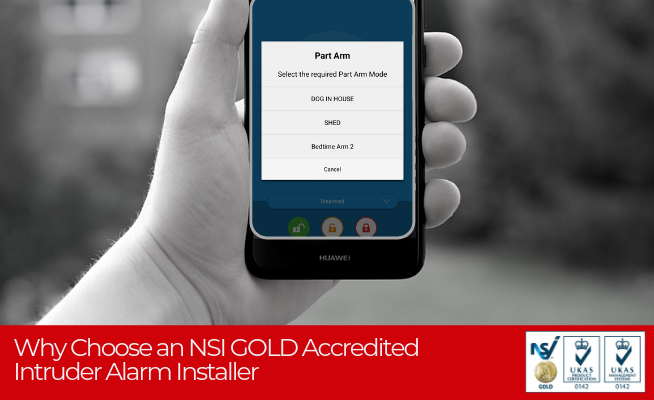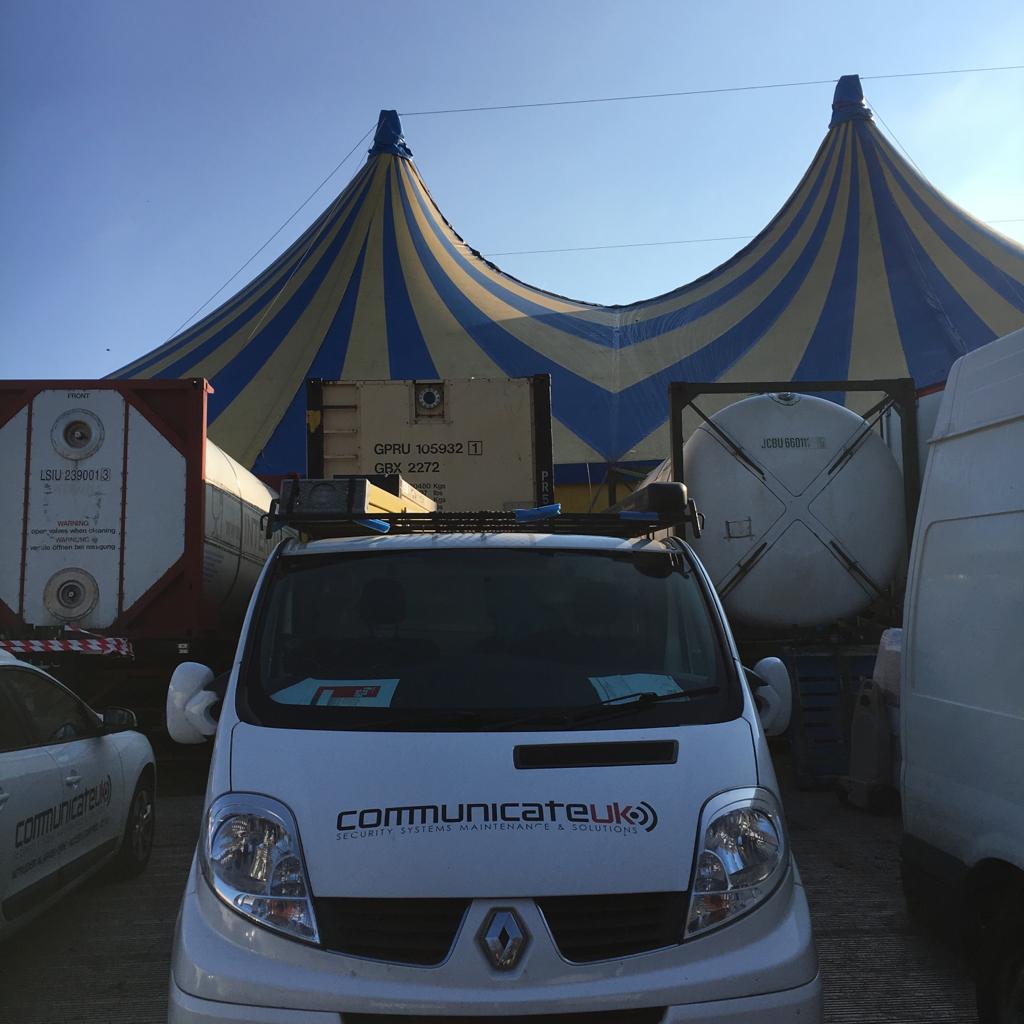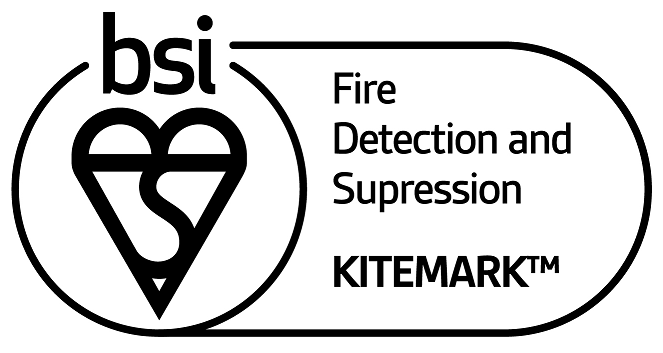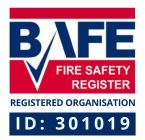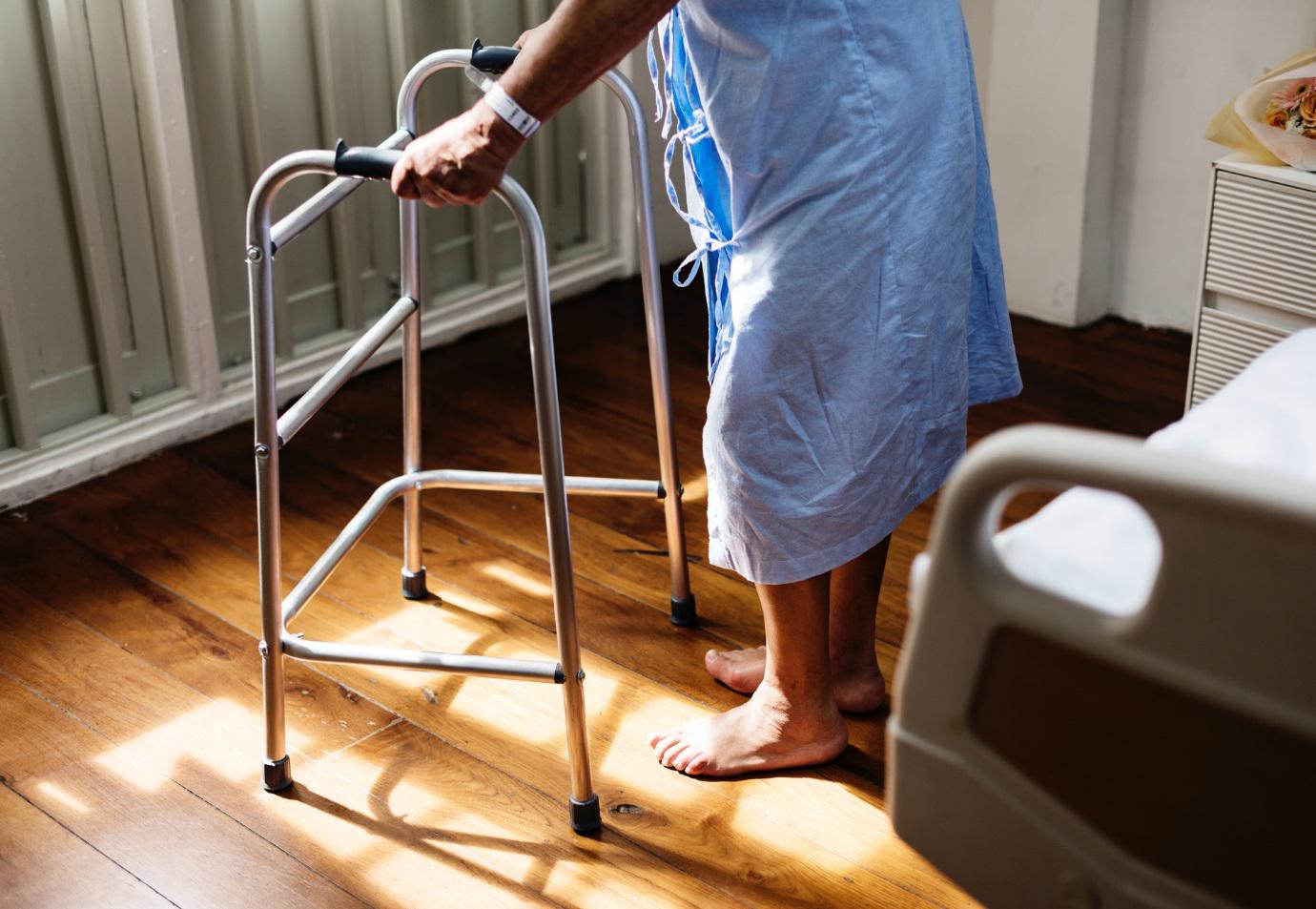
Fire Safety in Specialised Housing
It is estimated that three quarters of a million residents in the UK reside in some form of specialised housing. Whether it is sheltered housing, extra care housing, retirement villages or housing for people with learning difficulties or mental health problems it is absolutely crucial that you comply with The Regulatory Reform (Fire Safety) Order 2005 (the FSO) which came into force in October 2006. This brought the common parts of specialised housing within the scope of mainstream fire safety legislation.
We’ve highlighted below the key obligations to meet the Fire Safety Order if you are the owner of manager of a specialised housing building:
Responsibilities

You as the owner, manager, facilities manager of the building need to ensure:
- Your premises reach the required standards set out by government legislation
- You have a Fire Risk Assessmentcarried out by a competent person
- Employees are provided with full fire safety training
- You have the right fire safety equipment, compartmentation and passive fire protection
- Lighted and protected escape routes for the occupants.
How to find out more about the required standards for my building?
Always the best place to start if you are unclear about any legislation is the government’s website which provides guidance for most circumstances.
Where specialised housing is concerned e.g. sheltered or extra care housing, or supported housing for people with common characteristics often adults with learning difficulties or mental health problems we suggest using the National Fire Chiefs Council (NFCC) guide. They have produced

What about Fire Risk Assessments?
By law, if you are responsible for specialised housing (or any commercial building), you need to make sure that your Fire Risk Assessment is 1. Completed by a competent person and 2. It is reviewed and updated regularly.
An assessment is crucial to identify the risks and premises within your building. A common factor in specialised housing is the ability to facilitate person-centre planning. It isn’t like managing a building which houses employees during the day. It needs a different approach and prioritisation from the Fire Services which a Fire Risk Assessment should identify.
It is a priority, as part of the assessment to ensure Fire Services liaise regularly with the responsible person within the premises where vulnerable people are at risk. This responsible person firstly needs to be identified, as various specialised housing models exist, some of considerable complexity. For example, the housing might be provided by a private landlord, a care service commissioned by the local authority or by the NHS.
The process of evacuation will differ per building. For example, in some specialised housing there will be employees trained to help evacuate residents but in some sheltered housing they will be individual flats and no on-site employees to assist if a fire was to break out so the fire service would need to manage the evacuation very differently.
A Fire Risk Assessment would typically document:
-
Who is at risk from fire
A detailed review of general fire precautions including how risk of fire has been reduced or eliminated where possible
Additional measures to ensure fire safety around flammable or explosive materials e.g. gas canisters
Where the fire precautions and facilities are provided for use by firefighters
A full plan on how to deal with an emergency and who is going to record the findings
Who is responsible for keeping the risk assessment up to date – usually an external Fire Safety Company who will provide an annual review and testing of all Fire equipment.

For individuals who are living in sheltered accommodation or still in their own property but with care or support workers attending daily, the London Fire Service offer a Fire Risk Checklist which is designed to help support or care workers assess the fire risk in the homes of the vulnerable adults they visit.
Fire safety training
Where you have employees within the building maybe a building caretaker or nurses they will need to have adequate fire safety training if they are responsible for the evacuation of the residents. Typically, Fire Safety Awareness Training is the basic for most businesses. Fire Warden Training is more complex and, in most cases, will have access to the fire policy emergency plan and will be the main contact for the Fire Services.
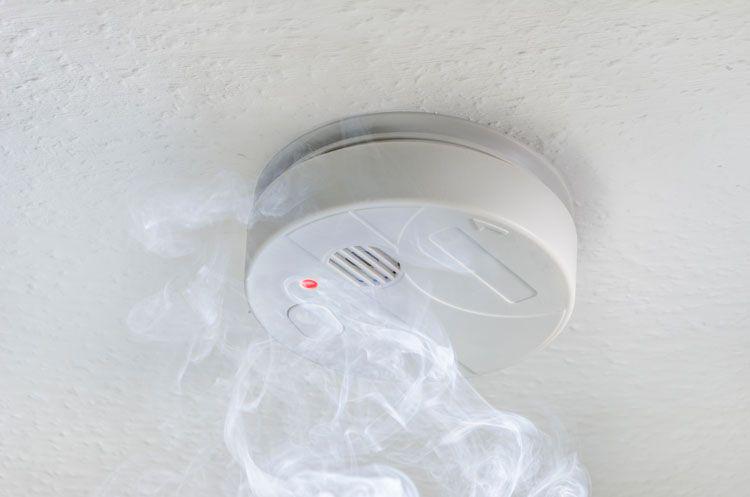
This should include:
-
General induction to cover general fire awareness and how to manage an evacuation
Periodic refresher training OR extra training where the level of risk increases as a result of changes in the building or operation
Training to support people in meeting their fire safety duties – you must ensure that your responsible person is always up to date
Fire extinguisher training.
Equipment
Fire precautions in housing providing NHS-supported living in the community a full alarm and detection system will be required. Escape routes will have to be fitted with Emergency Lighting and the correct compartmentation as per the Fire Risk Assessment installed. Manual fire-fighting equipment and signage will be required on every floor and the access and facilities for the fire service assessed and amended where necessary.
Where the use of automatic door release systems are in situ, they will need to be monitored and linked to an addressable fire alarm system to allow easy access if the fire alarm is activated.
Communal space will require relevant fire protective textiles and furniture and individual compartments within the building will require fire doors.
If there are disabled people in the building, it is now a requirement by law that you have an evacuation chair to make it easier for them to escape the fire quickly.
What happens if your building does not comply?
A local fire authority inspection can happen at any time. If your building is found to be non-compliant with fire safety legislation then they can take action.
Enforcement notices will be issued and, depending on the level of risk they have determined, can attract a fine and potential imprisonment for up to two years for the Responsible Person or Building Owner!
What next?
In my experience, many buildings across the UK are still relying on old, outdated Fire Alarm Systems and Fire Extinguishers. They put cash in their pocket rather than reinvesting in the safety of their residents.
The devastation of a fire breaking out is not just the risk of loss of life, it is almost always the end of your business.
Our team of highly skilled engineers can then help you with:
- Fire Risk Assessments
- Fire Alarm design, installation and maintenance
- Emergency Lighting design installation and maintenance
- Fire Extinguisher installation and maintenance.
Get in touch if you would like a Fire Risk Assessment for your building call 01245 400044 and ask for Andrew, Pat or Glen.







